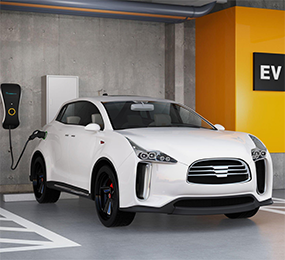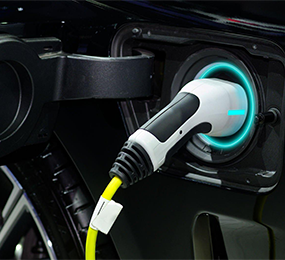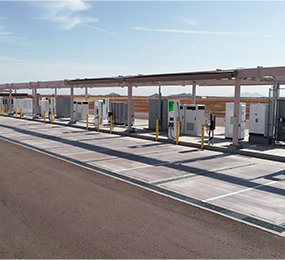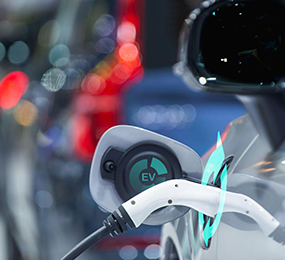EV Charging Infrastructure in Residential Developments
Influencing Factors in Infrastructure Development
Electric vehicle battery technology
The technological capabilities of batteries, particularly their range, dictate the frequency of charging sessions necessary for EVs, and hence the number of CPs required. Ranges are expanding, and it is now possible to drive 500km or more on a single charge. With future battery technical improvement, fewer charging sessions will be required. This aspect has an indirect impact on the number of public CPs required in the future.
Charging station technology
The time required to charge an EV is determined on the capacity of the CPs. Aside from standard alternating current (AC) and direct current (DC) charging stations, high power charging (HPC) stations are gaining popularity for public charging; they can charge EVs up to 80% in less than 30 minutes. This trend is expected to continue, since newly revealed CP technologies will quadruple the current possible charging speed. Because charging periods are shorter, fewer CPs are required for a given number of cars.
Government rules and regulations
Current internal combustion engine (ICE) vehicles will be unable to fulfill governmental rules, particularly future CO2 limitations. This aspect is a big motivator for EV adoption as well as OEM and other R&D. Adequate charging infrastructure is thus required for regulatory compliance.
Budget for Public Infrastructure
The majority of infrastructure funding comes from politicians and governments trying to accelerate electrification in the transportation sector in order to satisfy sustainability and environmental goals. Today, most public CP installations in Europe are subsidized by politicians. The progress of public CPs will also be dependent on public finance.
Electric vehicle incentives
Tax benefits for electric vehicle adoption increase the need for CPs.
Political infrastructure objectives
Political sustainability and environmental goals have seldom been attained in recent history, making them unreliable predictors of the future. Nonetheless, legislators and governments may affect future CP infrastructure development by defining new infrastructure targets.
Visit our website to know more: https://bit.ly/3W0umUp
For more information and group participation, contact us: [email protected]
Leadvent Group - Industry Leading Events for Business Leaders!
















